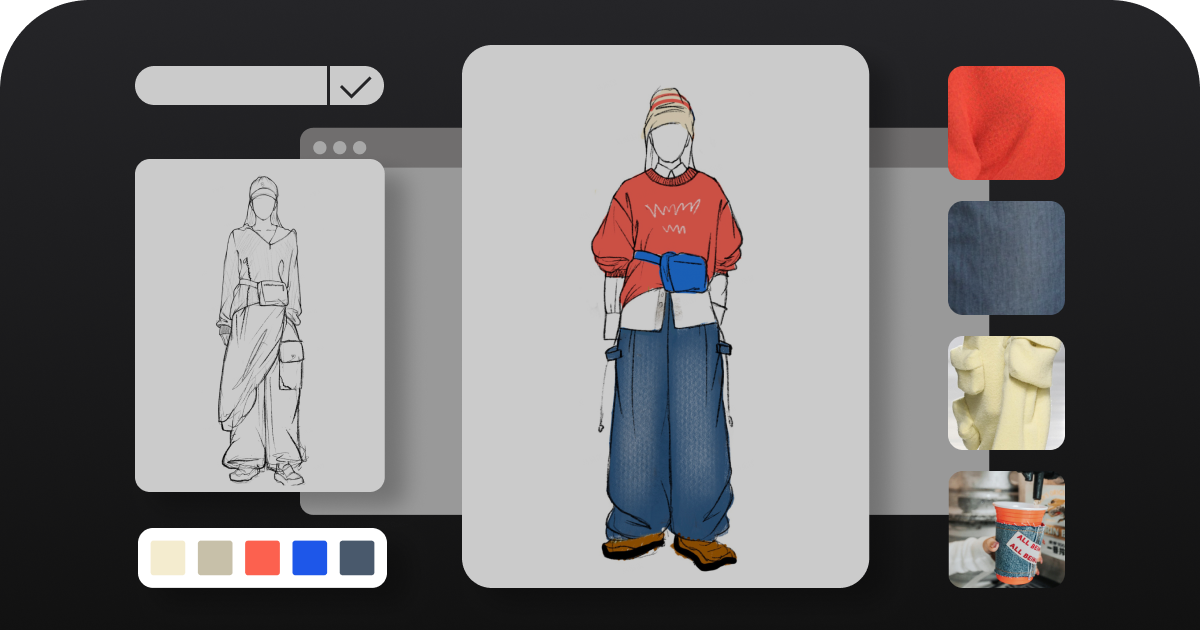The Future of Fashion: How Artificial Intelligence is Revolutionizing the Industry
In recent years, the fashion industry has witnessed a significant transformation, thanks to the integration of Artificial Intelligence (AI). This cutting-edge technology is not just a buzzword; it’s a game-changer that is reshaping how designers create, how brands market, and how consumers shop.
AI in Design and Production
One of the most exciting applications of AI in fashion is in the design and production process. Traditional methods of creating garments often involve numerous iterations, which can be time-consuming and costly. However, with AI, designers can now leverage advanced algorithms to predict trends, generate design ideas, and even simulate how fabrics will drape on a virtual model.
For instance, platforms like Style3D are utilizing AI to create highly accurate 3D models of garments. These models allow designers to visualize their creations in a virtual environment, making it easier to make adjustments before any physical prototype is produced. This not only speeds up the design process but also reduces waste, making it a more sustainable approach to fashion.
Personalized Shopping Experiences
AI is also revolutionizing the way consumers shop for fashion. With the help of machine learning algorithms, online retailers can now offer personalized recommendations based on a customer’s browsing history, purchase behavior, and even social media activity. This level of personalization enhances the shopping experience, making it more engaging and satisfying for the consumer.
Moreover, AI-powered virtual fitting rooms are becoming increasingly popular. These tools use augmented reality (AR) to allow customers to “try on” clothes virtually, reducing the likelihood of returns and increasing customer satisfaction. Brands that adopt these technologies are not only improving their bottom line but also building stronger relationships with their customers.
Supply Chain Optimization
Another area where AI is making a significant impact is in the optimization of the fashion supply chain. By analyzing vast amounts of data, AI can predict demand more accurately, optimize inventory levels, and even identify potential disruptions before they occur. This leads to more efficient operations, reduced costs, and a more responsive supply chain.
For example, AI can help brands determine the optimal time to launch a new collection or identify which products are likely to sell out quickly. This level of insight allows brands to make more informed decisions, ultimately leading to better business outcomes.
Conclusion
The integration of Artificial Intelligence into the fashion industry is not just a trend; it’s a fundamental shift that is here to stay. From design and production to personalized shopping experiences and supply chain optimization, AI is transforming every aspect of the industry. As technology continues to evolve, we can expect even more innovative applications that will further revolutionize the way we think about fashion.
For those interested in exploring the latest advancements in AI and fashion, be sure to check out Style3D, a leading platform that is at the forefront of this exciting transformation.
